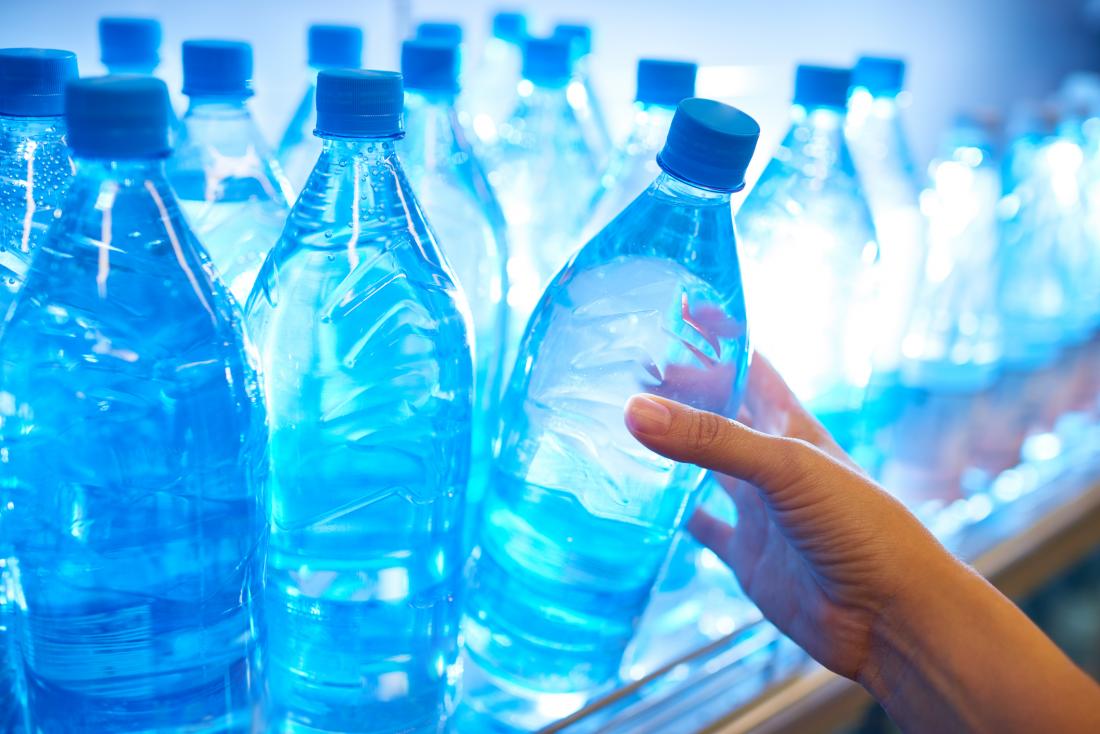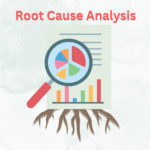Elimination of trans fat is a global concern that regulators across the globe are working tirelessly to find a solution and eliminate it from the food chain. Keeping in mind its adverse health effects, WHO has committed for a global elimination of trans fats by 2023, which will improve health and well-being of people.
FSSAI has recently amended the Food Safety and Standards (Prohibition and Restriction on Sales) Regulations, according to which the regulator has capped the amount of trans fatty acids (TFA) in oils and fats to 3% for 2021 and 2% by 2022, from the current permissible limit of 5%.
What is Trans fat?
Trans fatty acids or trans fats are a form of unsaturated fats produced from vegetable oils by a process called hydrogenation. It is of two types, one form is found naturally in dairy and meat products and second is the one that is formed when manufacturers convert liquid oils into solid fats to saturate the fatty acids present in the vegetable oil. This is primarily done to increase its shelf life. The manufactured form of trans fat is also known as Partially Hydrogenated Oil.

What is “Partially Hydrogenated Oil”?
Hydrogenation is a chemical reaction that modifies carbon-carbon double bonds in lipids through addition of hydrogen atoms and an inert catalyst.
Partially-hydrogenated oils are made when hydrogen gas is added to vegetable oil along with a catalyst which triggers the chemical reaction resulting in break down of a few double bonds, that allows more hydrogen atoms to bond with the chain of carbon atoms.This industrial process is now known as hydrogenation.
It replaces double bonds between carbon atoms with hydrogen. If all of the double bonds are replaced this way, the fat will be fully hydrogenated, making a saturated fat. But if the process is stopped early, some double bonds will remain, this is referred to as partial hydrogenation. This process makes the fat less prone to rancidity-a phenomenon by which free radicals attack the double bond between carbon atoms.
The Partial Hydrogenation process eliminates most of the unstable fatty acids thereby increasing the stability, resistance to oxidation and shelf life of vegetable oils.
Why is Trans fat used commercially ?
The main purpose of using partially hydrogenated oils in food industries is that it is inexpensive ,resistant to oxidation, increased stability to withstand repeated heating without breaking down.
It is found in a variety of food products, including baked goods such as cakes, cookies and pies, Shortening, Margarine, pizza, doughnuts and deep fried foods.
Adverse health effects of Trans fat
The more trans fat you add to your diet, the greater your risk of heart and blood vessel disease.Consuming trans fat increases LDL (low-density lipoproteins or bad cholesterol) and lowers our HDL (high-density lipoproteins or good cholesterol)
Alternative for Trans fat
Trans fats are largely present in vanaspati ghee, margarine and bakery shortenings. It should be replaced by naturally occurring, non hydrogenated vegetable oils such as butter, canola oil, safflower oil , sunflower or olive oil.
One of the healthiest alternatives to using saturated or partially hydrogenated fats is the use of MUFA (Monounsaturated fatty acids) and PUFA (Polyunsaturated fatty acids), which is a healthier option compared to saturated fat.
MUFA rich oils are sunflower oil, rapeseed oil, olive oil. PUFA rich oils include liquid vegetable oils such as Sunflower oil, Canola oil, corn oil,soy oils.
Make sure to consume foods containing non – hydrogenated oil rather than partially hydrogenated or hydrogenated vegetable oils or saturated fat.
How safe is Trans fat free food ?
Foods free of trans fats aren’t automatically good for you. Manufacturers may substitute other ingredients for trans fat that may not be healthy either. Some of these ingredients include palm kernel and palm oils which contain a lot of saturated fat. Consumption of saturated fat in turn raises your total cholesterol.

Hence it is necessary to read the food labels and nutrition facts to have a better understanding of what you are consuming. FSSAI allows FBOs to use the “TRANS FAT FREE” logo if the foods contain less than 0.2g trans fat per 100 g or 100 ml .
Many countries across the globe have restricted or banned usage of trans fats, it includes Denmark, Switzerland, Austria and certain US states, including New York and California.
The very first limit set by the FSSAI back in 2011 for the TFA in oils and fats was 10%. In 2015 the limit was further reduced to 5%.
While the regulator intends to implement the new limit with immediate effect, industry has asked for more time to comply. Notably, many big players from the industry took a pledge back in 2018 when WHO called in for action to reduce TFA by 3% by 2021. This gave them a window of three years to comply with the latest regulation.








